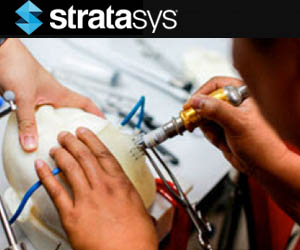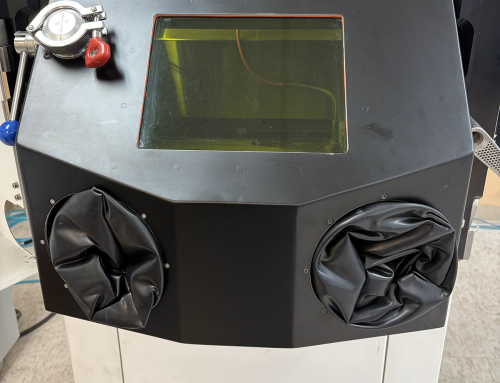What’s the evidence for 3D printed medical training models?

3D printed multi-material models can replicate the complexity and wide range of patient pathology, making them superior tools for medical education. But how do 3D printed models compare to traditional training methods?
In multiple peer reviews, users agree they can be an invaluable asset to training and better prepare practitioners for the clinical realm. The studies evaluated:
- The cost effectiveness of 3D printed models compared to traditional methods
- Student performance when learning with 2D methods such as textbook and CT imaging versus 3D printed models
- A wide range of therapeutic areas including neurosurgery, ophthalmology, cardiology and oncology
- The role 3D printed models can play in standardizing teaching and assessment techniques of trainees.
Read our white paper to learn:
- How 3D printed models compare to traditional training methods
- The degree of realism in anatomical models
- The impact of 3D printing on training, cost and time efficiencies
Download the white paper PDF at the button below.








Leave A Comment